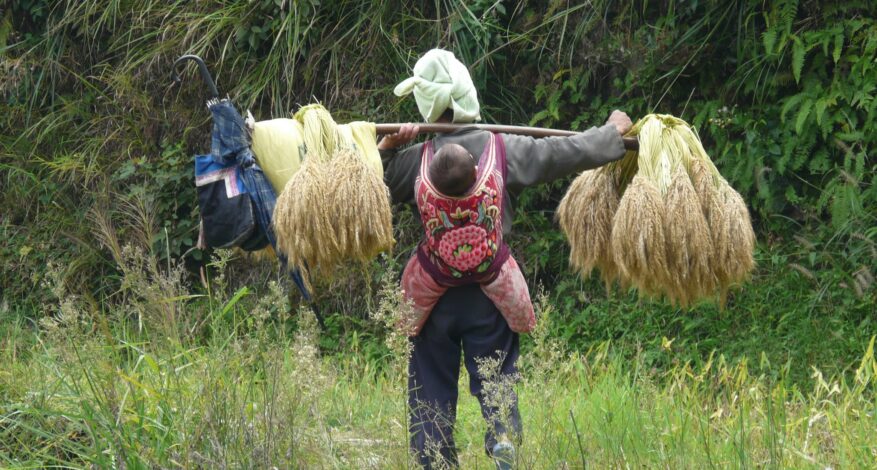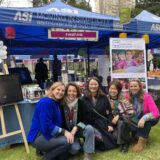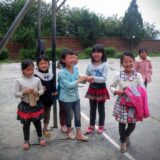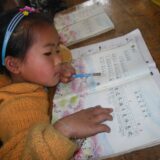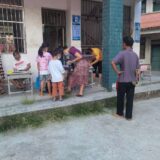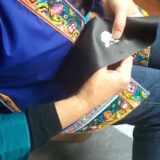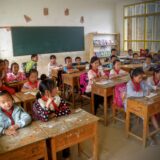The glutinous rice – Season 1 episode 6
After…
The collectivist agrarian system 1962-1980 (part 1)
A gradual return to property
The “Great Leap Forward” has shown its limits and has not been able to ensure agricultural development, which in the end has resulted in the general impoverishment of farmers and insufficient harvests to provide the population with basic food.
The leaders then change their strategy and allow families to own land for gardening, animals (poultry and pigs) and a house; they can also supplement their income with handicrafts and small-scale trade. On the other hand, free collective canteens are disappearing.
The land and tools go back to the production teams (about ten families) and the brigades become the basic organisation (see episode 5)
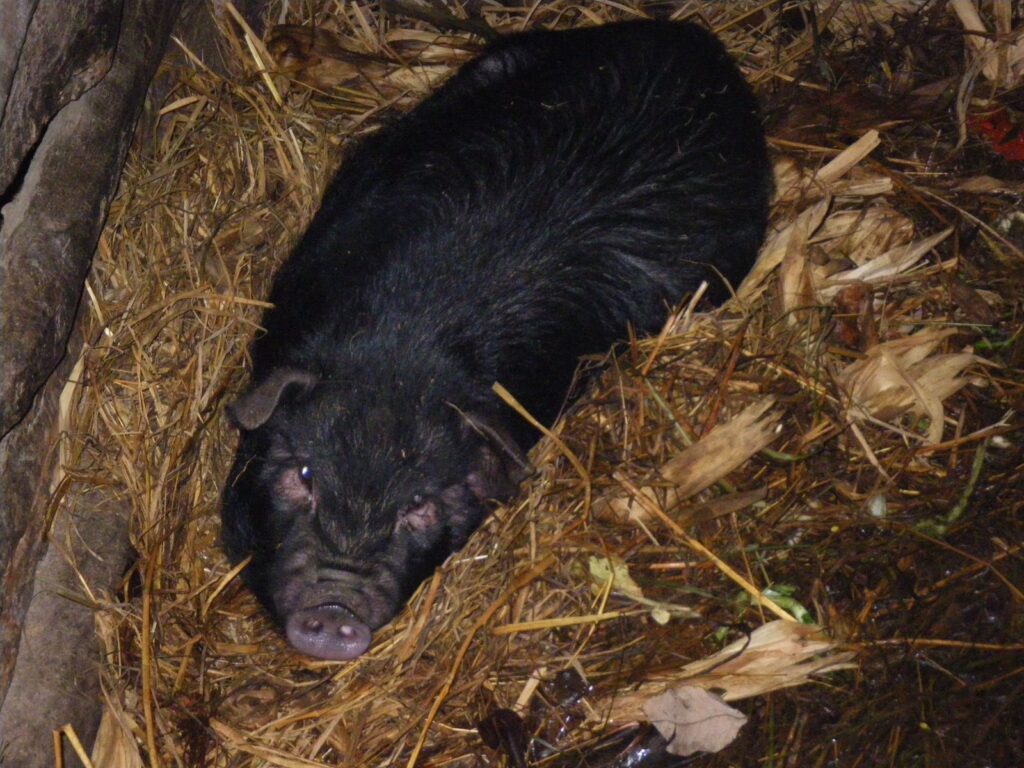
A new small-scale organisation
A reorganisation of the structures is taking shape: a Popular Commune is therefore organized into production brigades (i.e. 2 to 3 brigades per village), the latter comprising work teams of 40 to 70 people. The animals and gardens are owned by the families.
A point-based system (different from that of the “Great Leap Forward”) is introduced: it corresponds to the individual work provided and is marked daily by an accountant.
Thus an adult can get 10 points for each day of work in the rice fields, the under-16s 6 points; the care of cattle generally devolved to children earns 1 point for the under-3s, 2 points for the others…
Improving rice fields with manure yokes (40 kg) earns 8 points if the rice field is far away and only 4 points for the closer areas.
Usually, any agricultural or forestry activity gives the possibility to obtain points; the arbitrations are made by the team leaders.
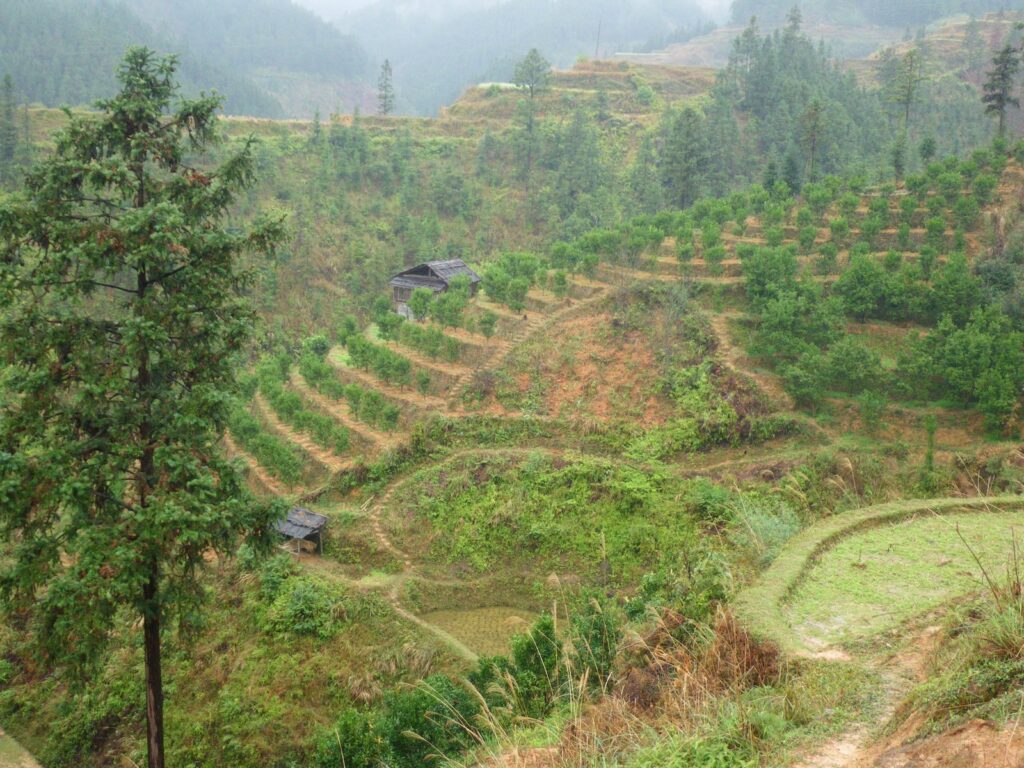
The impact of topography on crops
In each work team, a group is in charge of the rice fields from sowing to harvesting, and the harvest is then stored in the village granary (usually small wooden “houses” on stilts outside the village to avoid their destruction in case of fire).
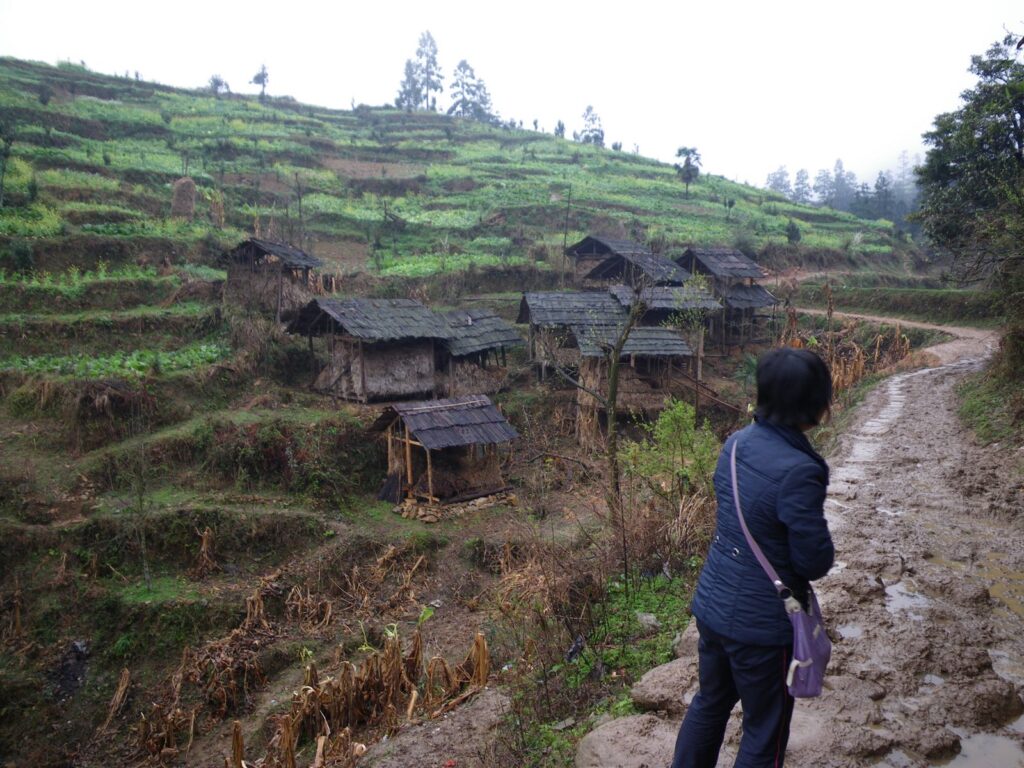
Soil fertilisation is very disparate, especially at the beginning of the period when it is necessary to reconstitute the buffalo and zebu herd, giving uneven production ranging from single to double depending on the plots. In some cases, in order to make things as simple as possible, manuring is carried out primarily in the rice fields closest to the villages, and the control of the distribution of manure is not effective.
If, on the summits, the mixed forests (deciduous and coniferous) have not really changed the landscape, on the contrary around the villages, the vegetable gardens are expanding with the allocation for each family of plots of land of 0.3 to 0.5 mu to feed themselves and their animals (maize) and produce cotton for textiles.
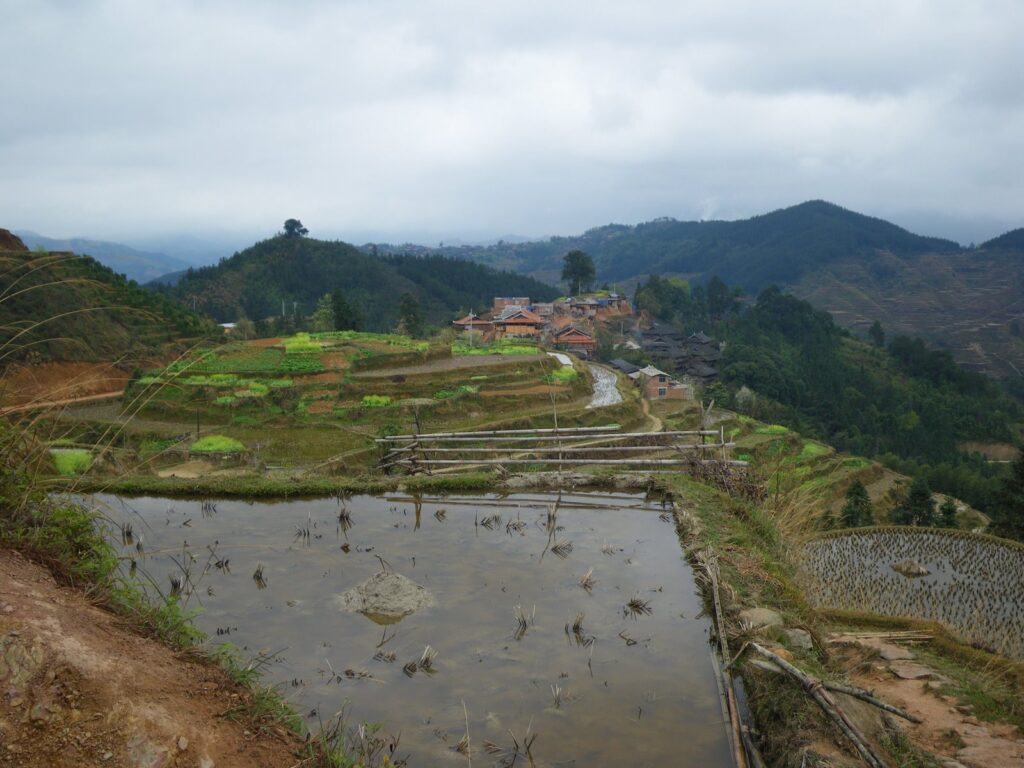
In the next episode, we will continue with this period to talk about animal breeding and working conditions…
Our articles on glutinous rice are based on local Chinese and international data, and are based on a study carried out in 2009 by two agricultural engineering school students who spent several months in the Danian area, as well as our personal observations in the Guizhou and Guangxi regions.
